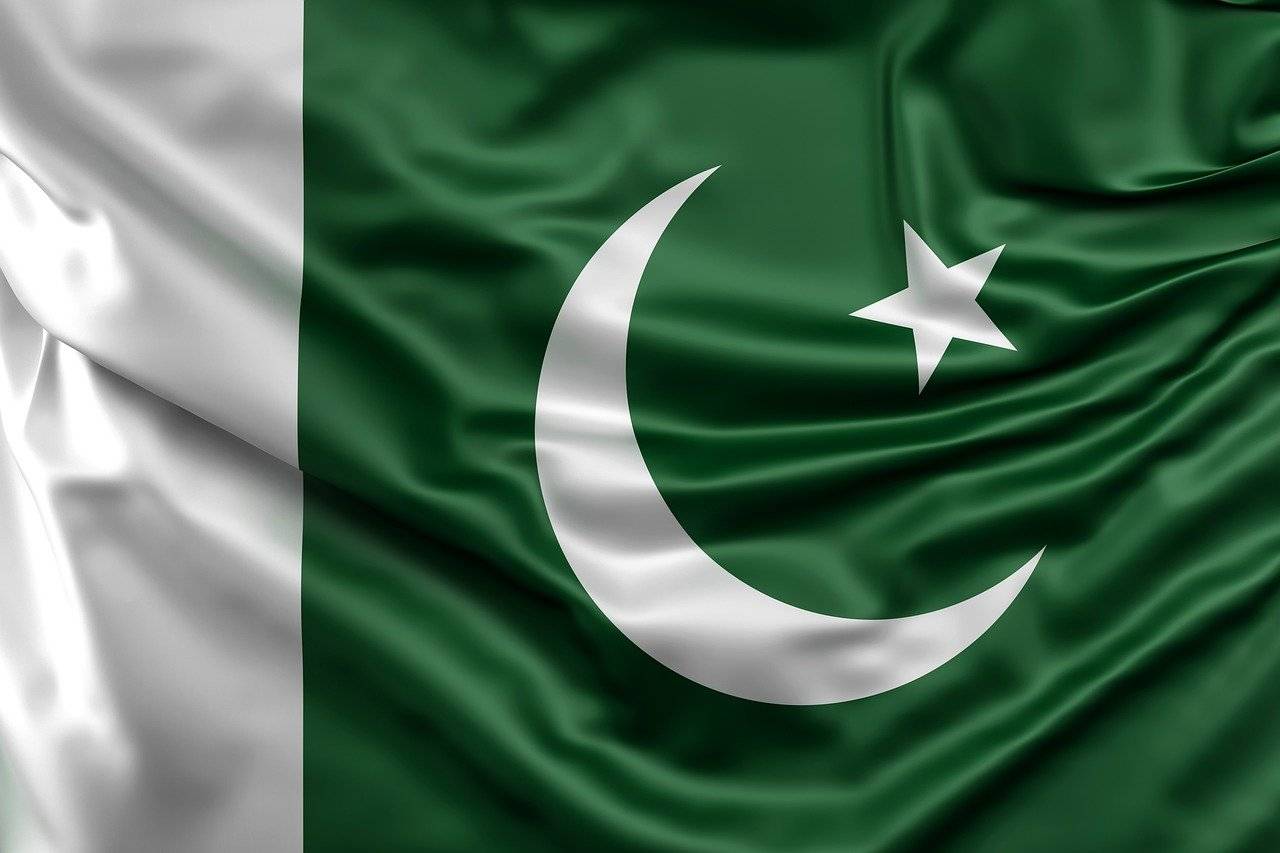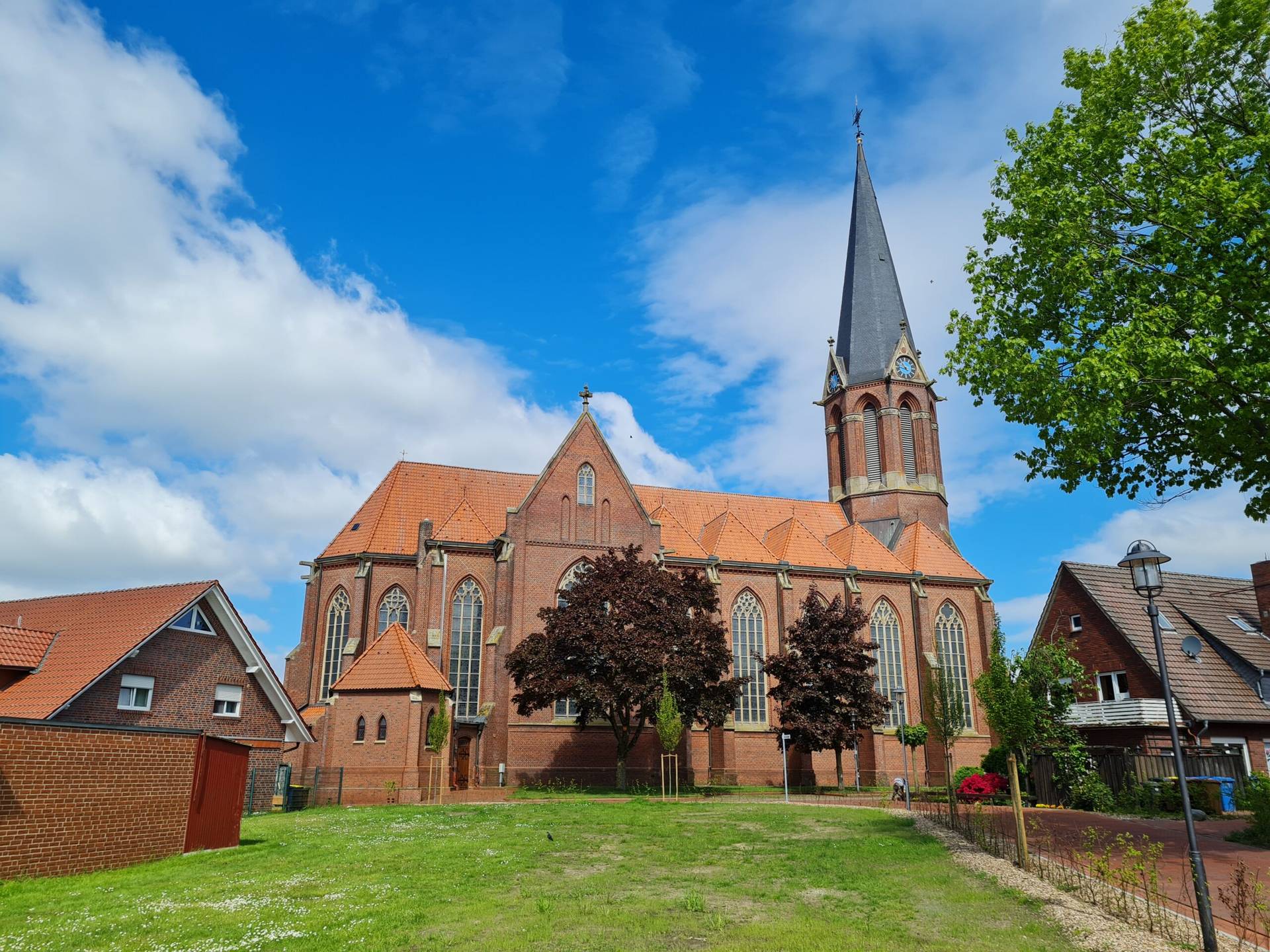MUMBAI, India – As India struggles to return to normal after the COVID-19 pandemic put the country into a crippling lockdown, the country’s marginalized Dalit community is still suffering the consequences.
This is especially true for Dalit Christians, who are not eligible for programs aimed at the community, formerly known as the Untouchables, who exist on the lowest rung of Hinduism’s caste system.
Father Devasagaya Raj, parish priest at the Shrine of Our Lady of Periyanayag in the Cuddlore district in the southern state of Tamil Nadu, explained that most Dalit Christians are landless farm workers.
“Many work as migrant laborers in the cities. COVID lockdown for more than a year has left many people without jobs, business and employment,” he told Crux.
Raj is the former national secretary of the office for scheduled castes/backward classes of the Catholic Bishops’ Conference of India (CBCI).
His current parish was built in 1720 by Father Joseph Beschi, an Italian missionary.
“There are around a hundred Catholic families, 90 of whom are Dalit,” he said. “It is a village shrine where many people from different parts of the state and neighboring states visit, especially during the annual feast.”
“Most of the Dalit Catholics live in the villages who usually do not possess land. They are daily agricultural laborers, and they migrate to the towns and cities for their livelihood. Those who move to the cities for jobs usually do construction work, painting the buildings, work in the restaurants, work as drivers. Now most of them lost their jobs and they are idle at home without any job. The loss of livelihoods is a new situation is also creating issues of conflict in the villages,” he said.
The priest said the pandemic has been especially hard on children, who had their schools shut down to stop the spread of the virus.
“Most of the children in our parish study in the vernacular language in the government or government-aided schools. While the students in the private school are attending online classes, these children are at home without facilities for android phones to attend these classes online,” he said, adding some of the children have been forced into child labor.
“Most of the parents lost their jobs during the pandemic. With their parents out of work, and online education a luxury – many cases children are pushed into labor due to their financial vulnerability, The children work in the restaurants, mechanical shops, tea shops, etc.,” Raj said. “The poor parents also encourage their children to earn and support their families.”
He said the pandemic has “become a nightmare for the poor.”
In April 2020, he posted a plea on Facebook seeking help to organize a soup kitchen at the shrine so that the poor and the elderly could be fed. The shrine is now giving lunch to senior citizens and poor people, irrespective of religious or social background.
Raj has also been able to give some financial support to those who have lost their jobs during the lockdown.
Tens of millions have been infected with COVID-19 in India, with hundreds of thousands left dead.
Daily new infections have fallen sharply since their peak of more than 400,000 in May but have increased in recent days.
“We have to continue adhering to norms. We have to ensure that people should take their vaccination,” said Health Secretary Rajesh Bhushan.
Serum Institute of India, the world’s largest maker of vaccines, is now producing an estimated 150 million doses of the AstraZeneca vaccine each month, a more than twofold increase since April.
A country of nearly 1.4 billion people, India has administered more than 800 million vaccine doses. It has given at least one dose to more than 62 percent of the eligible adult population and two doses to about 22 percent.
In April, the country stopped exporting vaccines in order to provide shots for its own population. Earlier this week, it announced it would being exporting again in October.
India was expected to be a key supplier for the world and for the U.N.-backed initiative aimed at vaccine equity known as COVAX, and this halt in exports left many developing countries without adequate supplies and delayed vaccines for millions of people.
This article incorporated material from the Associated Press.

















